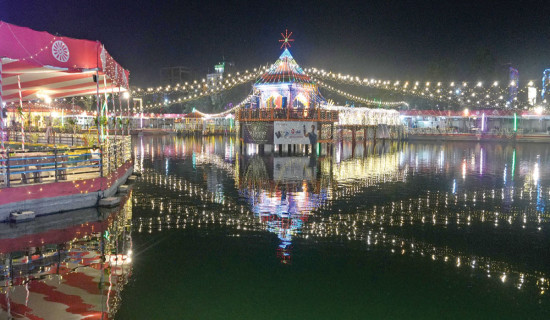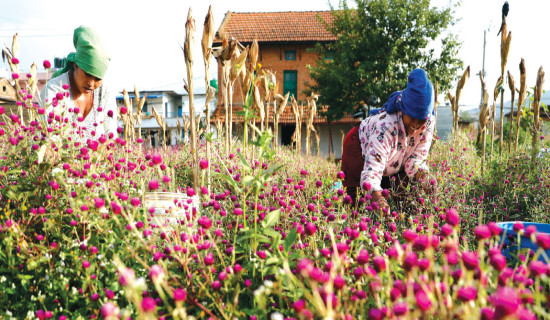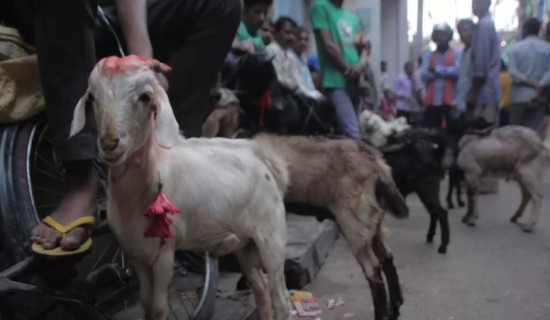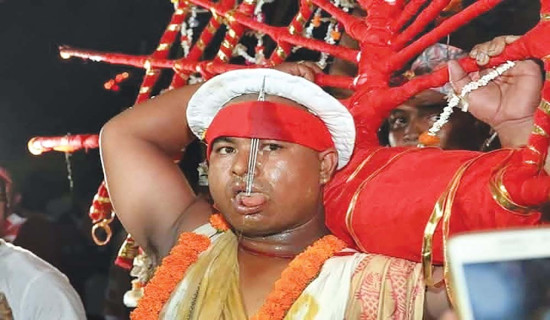- Monday, 5 January 2026
Tilaurakot not included in Heritage list in 47th UNESCO Session
Kathmandu, July 14: The proposal to include Tilaurakot in the UNESCO World Heritage List has not gone forward at the 47th session of UNESCO, held in Paris, France.
Nepal’s long-standing efforts to include the historic and archaeological site of the ancient Shakya Republic Tilaurakot, Kapilvastu, have been unsuccessful during this session.
Nepal’s decade-long campaign could not succeed after UNESCO’s technical advisor, the International Council on Monuments and Sites (ICOMOS), recommended deferring the nomination of Tilaurakot, meaning they did not endorse its inscription during this session.
During the ongoing 47th UNESCO session of the World Heritage Committee in Paris, discussions regarding Tilaurakot’s inclusion in the World Heritage List took place for over two days, on Friday and Saturday, but the site was not listed.
A delegation comprising Minister of Culture, Tourism, and Civil Aviation Badri Prasad Pandey, Vice Chairman of the Lumbini Development Trust Dr. Lharkyal Lama, Senior Director Gyanin Rai, and Sandip Khanal, Chief of the World Heritage Preservation Division at the Department of Archaeology, travelled to Paris to participate in discussions supporting Tilaurakot’s nomination.
As reported by our Kapilvastu correspondent Narad Kohar, Nepal’s attempt to include Tilaurakot, the ancient capital of Kapilvastu, where Gautam Buddha spent 29 years of his early life in the World Heritage List has not succeeded.
However, UNESCO’s technical advisor body ICOMOS had earlier recommended placing a Tilaurakot in the deferred (suspension) list during its evaluation. Since none of the 21 member states proposed an amendment to this recommendation in the 47th session of the World Heritage Committee, the proposal was not taken forward.
“No member state proposed any amendment in favour of Tilaurakot,” said Shakya. “Since all member states supported the ICOMOS report, the proposal did not move forward.”
“We had expected that Tilaurakot would be inscribed on the UNESCO World Heritage List during the 47th session,” he added. “After extensive studies and evidence collection, our expectations remain unfulfilled now.”
Sudip Poudel, Mayor of Kapilvastu Municipality, expressed his displeasure over the outcome.
“We are ready to help,” he said. “It is essential to strengthen diplomatic efforts further.”
A final nomination document of about 1,000 pages for Tilaurakot’s inclusion was submitted to UNESCO’s World Heritage Centre in Paris on January 31, 2024, by Dr. Sudhir Bhattarai, Nepal’s Permanent Representative to UNESCO and Ambassador to France.
Nepal’s decade long efforts failed after ICOMOS did not produce a positive recommendation regarding Tilaurakot.
Under the UNESCO-Japanese Fund-in-Trust project, sufficient grounds and scientific archaeological evidence have been gathered through excavations conducted since 2014 under the leadership of Professor Robin Conningham of Durham University.
The Ministry of Culture, Tourism and Civil Aviation, the Lumbini Development Trust, and the Department of Archaeology have conducted several consultations with international heritage experts in the Tilaurakot area at various stages.
International experts such as Dr. Duncan Marshall (Australia), Professor Robin Conningham (UK), along with Nepal-based experts like Kai Weise, Professor Yukio Nishimura, Professor Max Deeg, and Dr. Mark Manuel, have contributed to preparing the final nomination dossier.
Tilaurakot was included on UNESCO’s tentative list of World Heritage Sites in 1996.
This time, discussions are being held on whether to nominate or not nominate 32 proposed sites from around the world, including 24 cultural sites, seven natural sites, and one mixed site. The session, which began on July 6, will continue until July 16.
Meanwhile, Lumbini the birthplace of Buddha has been removed from UNESCO’s list of potentially endangered heritage sites.
The 47th session of the UNESCO World Heritage Committee decided not to include Lumbini on the endangered list for the coming year, acknowledging that active conservation and improvement efforts are ongoing in the area.
The decision was made during a meeting chaired by Professor Nikolay Nenov on Thursday. UNESCO also resolved to send a reactive monitoring mission to Lumbini to assess the overall situation.
During the session, Gyanin Rai, Senior Director at the Lumbini Development Trust, stated that Lumbini’s future listing as endangered would depend on the findings of the upcoming monitoring mission.
A similar mission was dispatched by the World Heritage Centre and ICOMOS in 2022. Based on their report, Lumbini had been placed on a watch list of potentially endanger list in 2024.
The 47th session of the UNESCO World Heritage Committee, ongoing in Paris since July 6, will conclude on July 16.




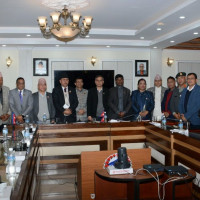

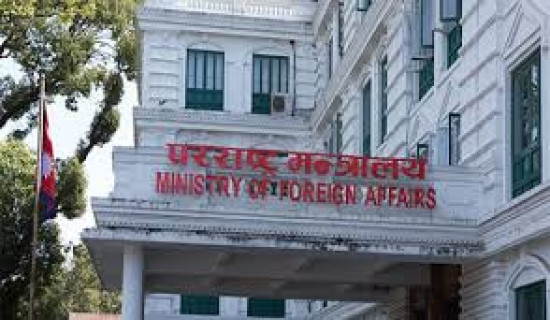

-square-thumb.jpg)


